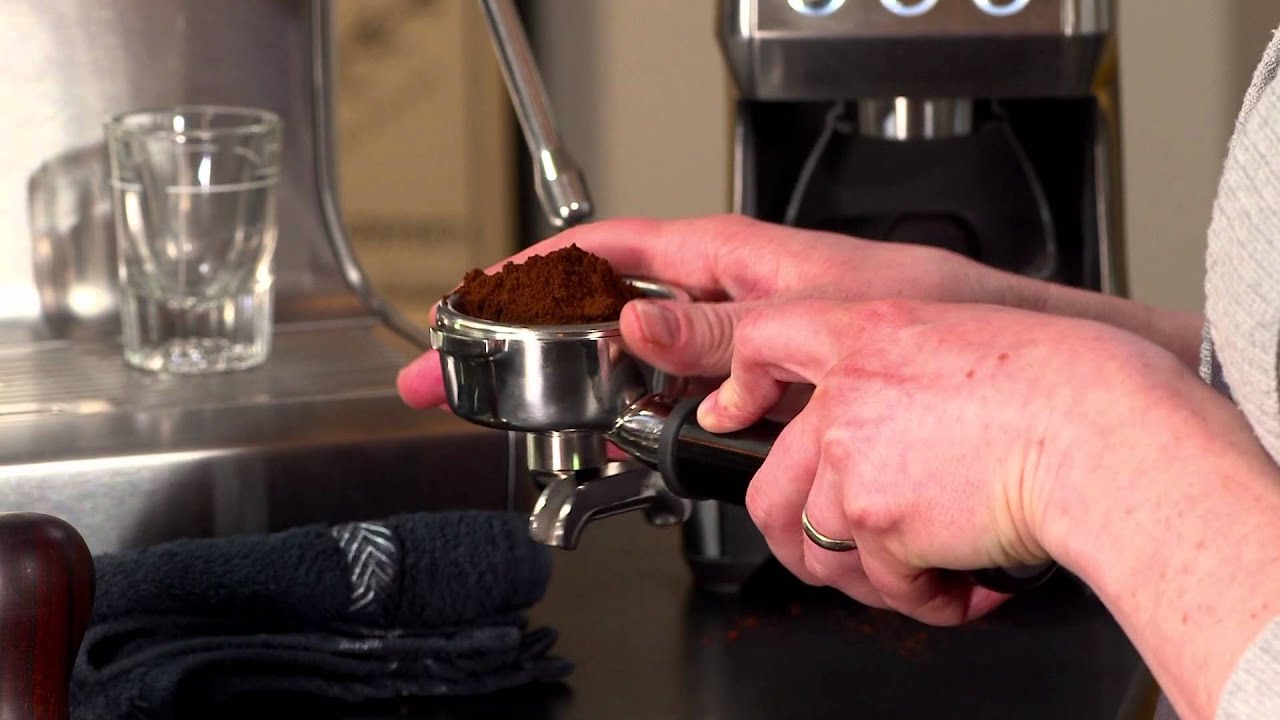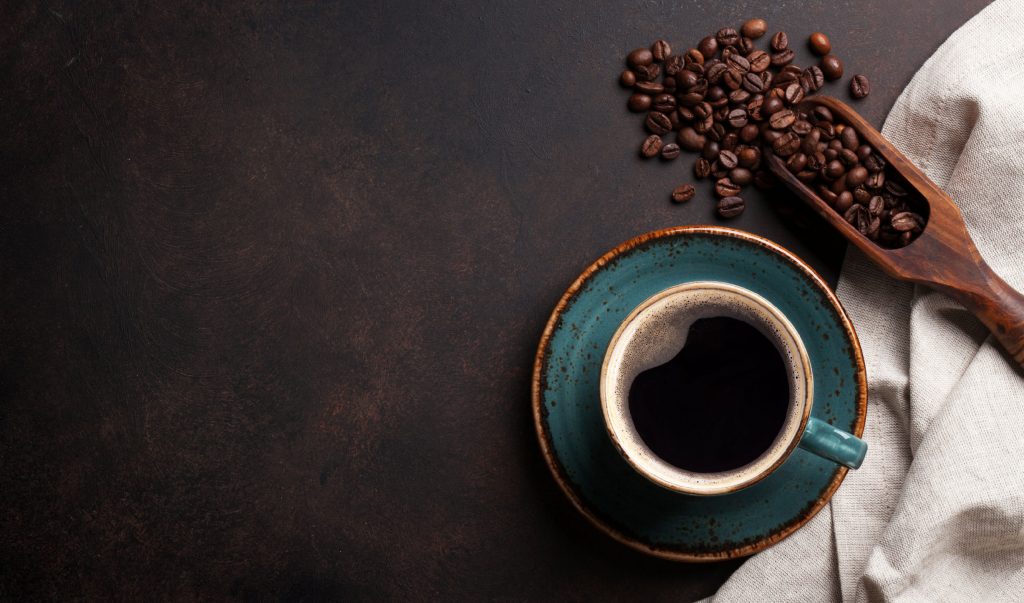
If you’re looking for the best espresso over the Breville brand, two things need to happen. First, use good quality beans and freshwater. Second, get your grind right by finding the right setting on your machine. The method is to get excellent stability of fineness and roughness for your particular coffee maker – not too fine or coarse so it won’t extract all of the oils from the grounds like they should be, which will result in a more bitter taste. Once you’ve found this sweet spot, enjoy!
Breville manufacturers are great espresso machines. Home espresso makers rank them as their top pick for quality, so they’re often the first choice when looking to upgrade from your current Breville bambino vs bambino plus espresso machine. You can check the comparison at espressotune.com
Breville uses a series of numbers to distinguish their models: BES860XL, BES870XL, and BES865XL. First, look at the number of bars displayed on the front display/control panel – this shows how many bars of pressure your machine uses when pulling espresso shots.
As you can see in the photo, the Breville models here use 8 bars of pressure (BES860/865) which is relatively common for home espresso makers. If you’re looking for a machine that has higher-quality parts, consider a model with more bars of pressure like BES870XL. Barring this variable, the main difference between these models is size and performance capacity:
- BREVILLE BES870XL: about 5 ounces less water capacity and doesn’t include a “flair” option on the steam wand to aerate milk for cappuccinos or lattes.
- BREVILLE BES865XL: lacks automatic cleaning features such as descale alert mode or manual clean cycle/timer – must manually clean your machine every few days. Includes a Steam wand that allows for “flair” or espresso art-type milk foam/aeration.
- BREVILLE BES860XL: the largest of these three Breville models, this unit has a large water reservoir and is considered the most versatile machine due to its balance between size and price
- BREVILLE BES840XL: This model is best for those who are on a budget, and it was an excellent quality espresso drink – it includes all of the features as mentioned above in this article, such as steam wand with aeration option, 8 bar pressure, 1-year warranty, permanent filter basket (not disposable), and many more.
Testing methodology – we wanted to determine how the three machine models compare when making espresso-based drinks, so I chose to use a double shot of espresso in each case.
For each test, I used single-origin beans and freshly filtered water (from my fridge). Because there were no set commands for how much coffee goes into a single shot of espresso, I did what any good barista would do: taste the finished product and adjust accordingly.
- TASTE TEST: We tested all three machines by preparing shots using Lavazza Super Crema Espresso Beans, an Italian blend from northern Italy that is widely accepted as one of the best brands.
Using 8 grams of beans per shot (about 56 cents worth), we created 4 cups of espresso at 100% extraction – a term that refers to the number of coffee beans used and how much beverage you have leftover in the filter basket.
We first tried brewing each cup using only hot water (no pressure) for accounting for any differences in the temperature between these different models/brands. Still, we found ZERO difference which is why we chose not to include this test result here.
- STEAM MILK TEST: For our next test, I wanted to find out how well these machines steam milk for lattes and cappuccinos and also determine which device has the best “steam wand.” Using freshly filtered water with Lavazza Super Crema Espresso Beans, I prepared 8 ounces of milk at the same temperature as each shot of espresso (just under 200 degrees Fahrenheit).
Table of Contents
Do I need an espresso machine?

Source: cnet.com
I would recommend an espresso machine for anyone who likes to drink lattes/cappuccinos/macchiatos or enjoys the taste of a good shot of espresso. For those who are looking for their first automatic machine that makes great-tasting coffee on demand and doesn’t cost more than $300 – you should look no further!
What do I need to make espresso?
The reply to this issue depends on the model of espresso machine you have. Suppose you’re using a device with an integrated tamper (such as BES870XL/865) or a portafilter that has compartments for both coffee grounds and water.
In that case, you can use fresh Lavazza beans and start grinding them – no need for anything else. On the other hand, if your machine uses ground coffee pods such as Nespresso machines do, you will want to purchase an espresso grinder – I would recommend Baratza Virtuoso BC-3000.
How is the taste of this coffee?

Source: pointbleudesign.com
I used 8 grams of beans per shot with my first cup of the photo (about 56 cents worth). Based on my taste tests with Lavazza beans, I determined that each image should have about 2.5 grams of coffee in it for the espresso to produce a balanced flavor profile and not taste too sour/bitter or too weak. With this measurement, I used 7 grams for all subsequent shots (as recommended by Lavazza).
How far do I fill the machine’s water reservoir?
As mentioned above, you should only use cold water unless you’re making steam milk – so if you’re making espresso drinks, then there is no need to fill it more than halfway.
So which method of preparation makes better-tasting coffee? My personal preference is the French Press, and I think it better balances flavor and body. The pour-over process may make a more “cleaner tasting” coffee by eliminating certain oils/terpenes typically extracted during brewing (although this is not always true, depending on the beans). It also depends on how you prepare your pour-over: if you use hotter water than suggested in most recipes, you can extract those oils/terpene flavors making your pour-over taste closer to a french press.
How strong is the espresso?

Source: coffeeaffection.com
In my tests, I found the espresso from each machine relatively close in terms of strength at around 20% extraction, which means 80% of coffee has been used and what you have left in your filter basket is thick, concentrated espresso.
If you plan to use beans that are not pre-ground and want to reduce the number of grounds used, I would recommend reducing the total shot volume by 2 grams at a time until you find your optimal extraction level.
How do I stop coffee dripping out of my coffee maker when pouring water?
Use the double-tap feature on your machine – which tells it to keep both sides of the brew head open during periods when no water is being poured into them (e.g., while waiting for hot water or milk). Make sure there’s enough water in your reservoir before activating this feature because if not, then nothing will come out!
How often should I clean my machine?

Source: clivecoffee.com
Based on my existence, I would suggest washing it once every month (after each use) – still verify your user handbook to recognize if the producer advises you to clean it more often.
Can I make more than one shot at a time?
Yes, you can. However, this depends on the machine model and its design for making 2+ shots of espresso (some machines with dual boilers have integrated overflow features that prevent water from overflowing onto the heating element). If you require a single cup of coffee, feel free to do so – otherwise, I would recommend using a ceramic mug or pour-over brewer because they are less fragile than glass and won’t break easily in case of an accident!
Final Verdict
I think it’s a great machine and would recommend it for the following reasons:
- Quiet operation;
- Simple interface;
- Quick water heating time (not too quick to let you forget there is hot water in the reservoir);
- Good tasting espresso/coffee;
- Affordable price.
The only conditions I would place on this recommendation are that: You should not fill the water tank all the way if making only 1 cup of coffee at a time because stuff will overflow when you push the “brew” button; Use Lavazza pre-ground beans or grind your fresh beans before making espresso shots; Clean out old grounds regularly by using “espresso cleaning cycles” or running an empty brew cycle with just water.







